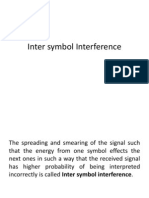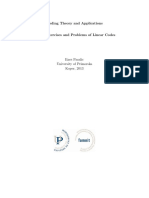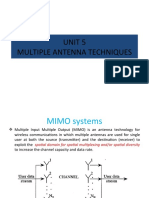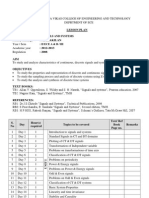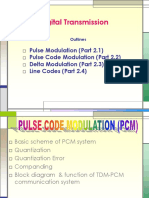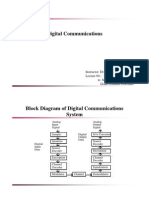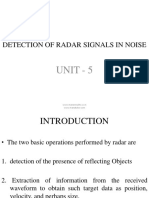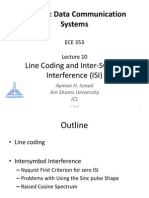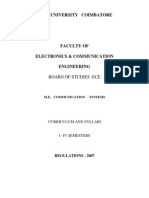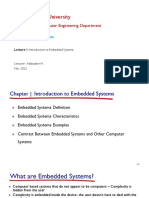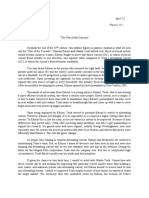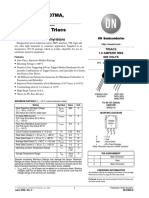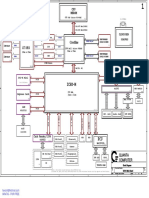0% found this document useful (0 votes)
163 views129 pagesLossless Coding for Engineers
This document discusses lossless source coding for discrete memoryless sources. It introduces the concepts of source coding, including the need to represent sources at lower rates due to channel capacity constraints or redundancy in sources. It describes the desired properties of source codes, including being non-singular, uniquely decodable, and having the prefix property for instant decodability. Various classes of codes are discussed, along with examples like Huffman coding and Lempel-Ziv coding that allow efficient representation of sources.
Uploaded by
Aakash KapoorCopyright
© © All Rights Reserved
We take content rights seriously. If you suspect this is your content, claim it here.
Available Formats
Download as PDF, TXT or read online on Scribd
0% found this document useful (0 votes)
163 views129 pagesLossless Coding for Engineers
This document discusses lossless source coding for discrete memoryless sources. It introduces the concepts of source coding, including the need to represent sources at lower rates due to channel capacity constraints or redundancy in sources. It describes the desired properties of source codes, including being non-singular, uniquely decodable, and having the prefix property for instant decodability. Various classes of codes are discussed, along with examples like Huffman coding and Lempel-Ziv coding that allow efficient representation of sources.
Uploaded by
Aakash KapoorCopyright
© © All Rights Reserved
We take content rights seriously. If you suspect this is your content, claim it here.
Available Formats
Download as PDF, TXT or read online on Scribd
/ 129





